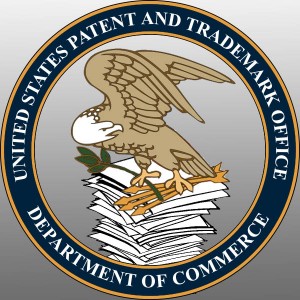RenovoCath™ Catheter Awarded Two Device Patents
LOS ALTOS, Calif., Oct. 13, 2016 – RenovoRx, a leading developer of innovative solutions for targeted therapy, today announced that the company has received two new device patents, Devices Methods and Kits for Delivery of Therapeutic Materials to a Target Artery (U.S. Patent No. 9,457,171 and U.S. Patent No. 9,463,304) for its RenovoCath™ delivery catheter. The RenovoCath is indicated for the isolation of blood flow and delivery of fluids, including diagnostic and/or therapeutic agents, to selected sites in the peripheral vasculature system.
The issuance of these two patents is a major milestone for RenovoRx and will strengthen the company’s technology portfolio. In 2014, RenovoRx received a method patent entitled “Devices, Methods and Kits for Delivery of Therapeutic Material to the Pancreas (U.S. patent no. 8,821,476).
“The patents come at a time when the company is gaining traction. RenovoRx is seeing early adoption of its catheter in select centers across the US, and the RenovoCath has delivered promising results in procedures tackling difficult to treat diseases, including pelvic vein congestion, adenocarcinoma of the pancreas, and liver cancer,” says Shaun Bagai, the company’s CEO.
According to Dr. David C. Madoff, Professor of Radiology and Vice Chairman for Academic Affairs at Weill Cornell Medicine and RenovoRx advisory board member, the RenovoCath allowed him to successfully treat a patient he might otherwise not have been able to help: “This case, a 5cm solitary transitional cell carcinoma liver metastasis, was one where the numerous vessels feeding the tumor were so small that performing particle embolization with standard microcatheter technology proved difficult. I subsequently performed conventional TACE via the RenovoCath and the results by imaging were remarkable. I believe treating this patient effectively from a transarterial approach would have been impossible without this catheter.”

